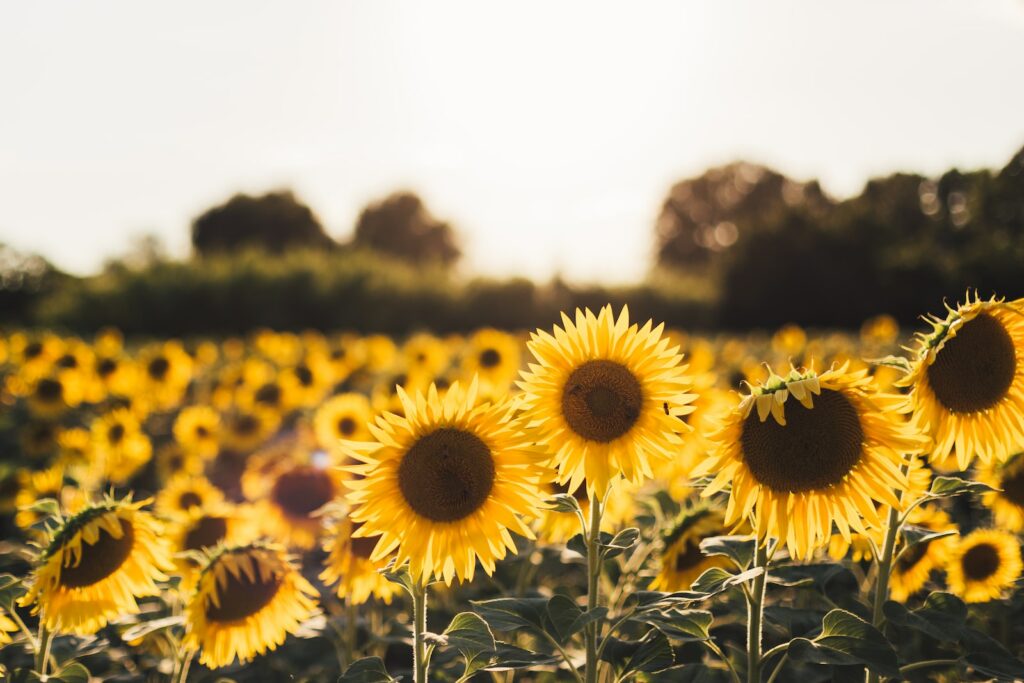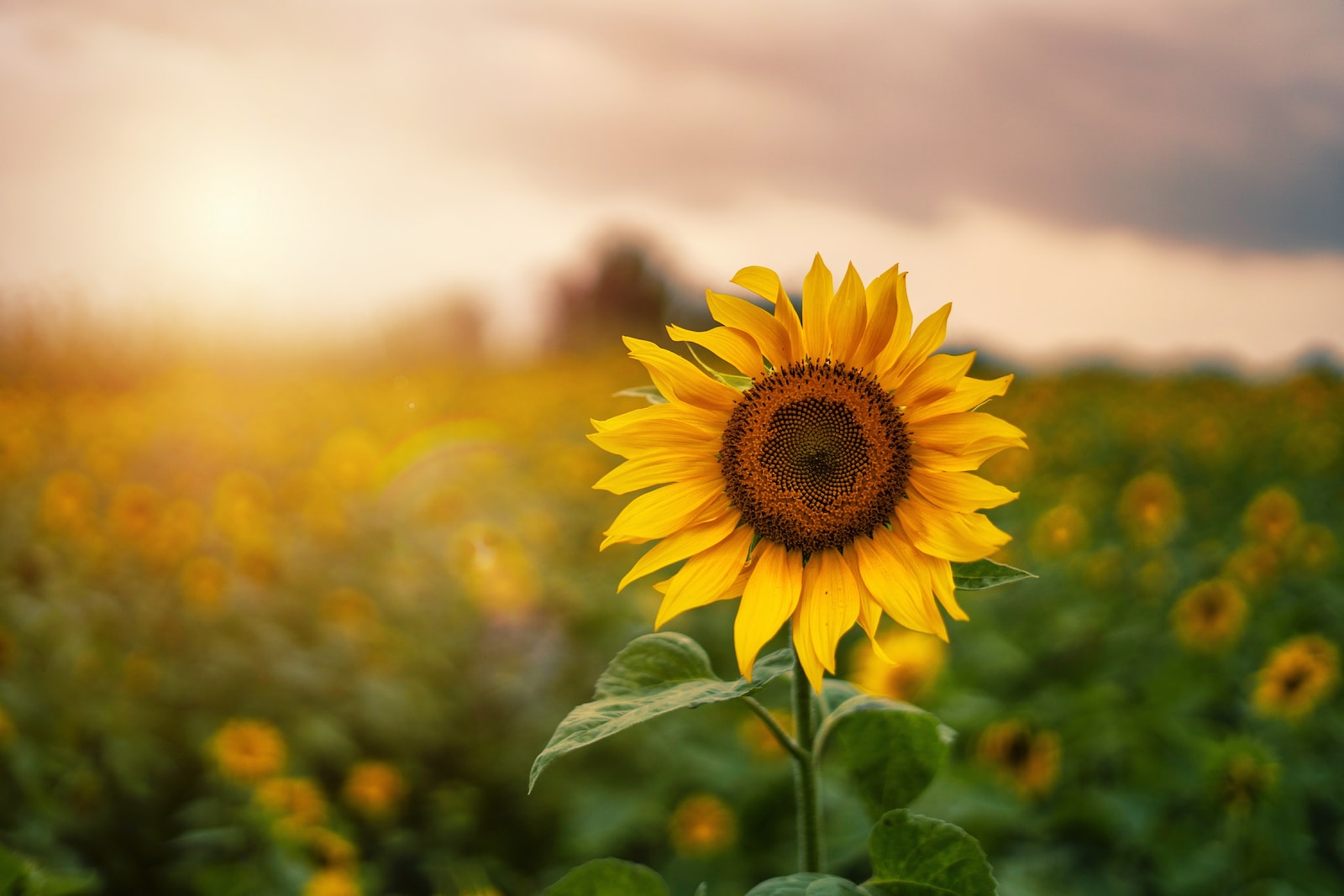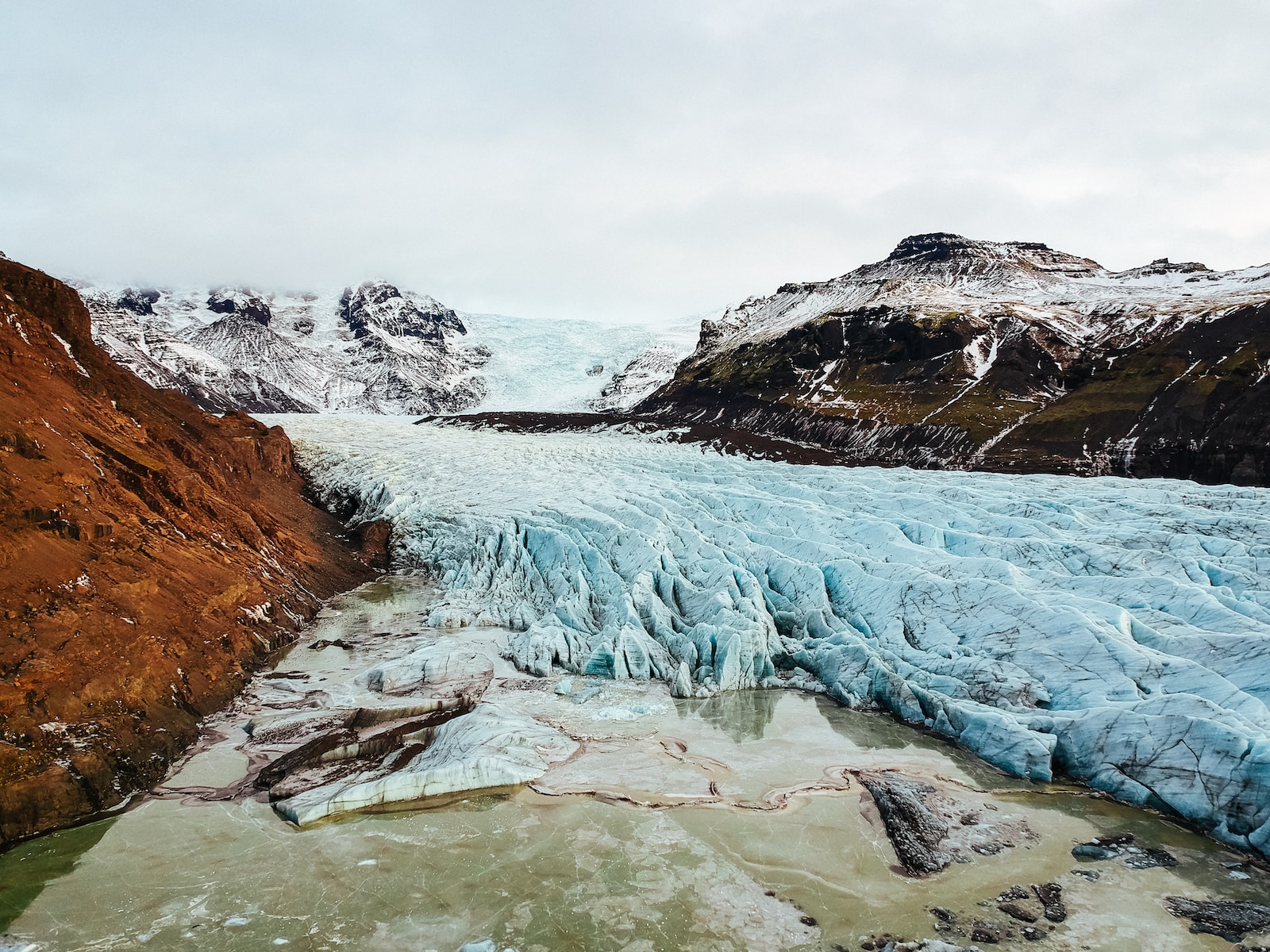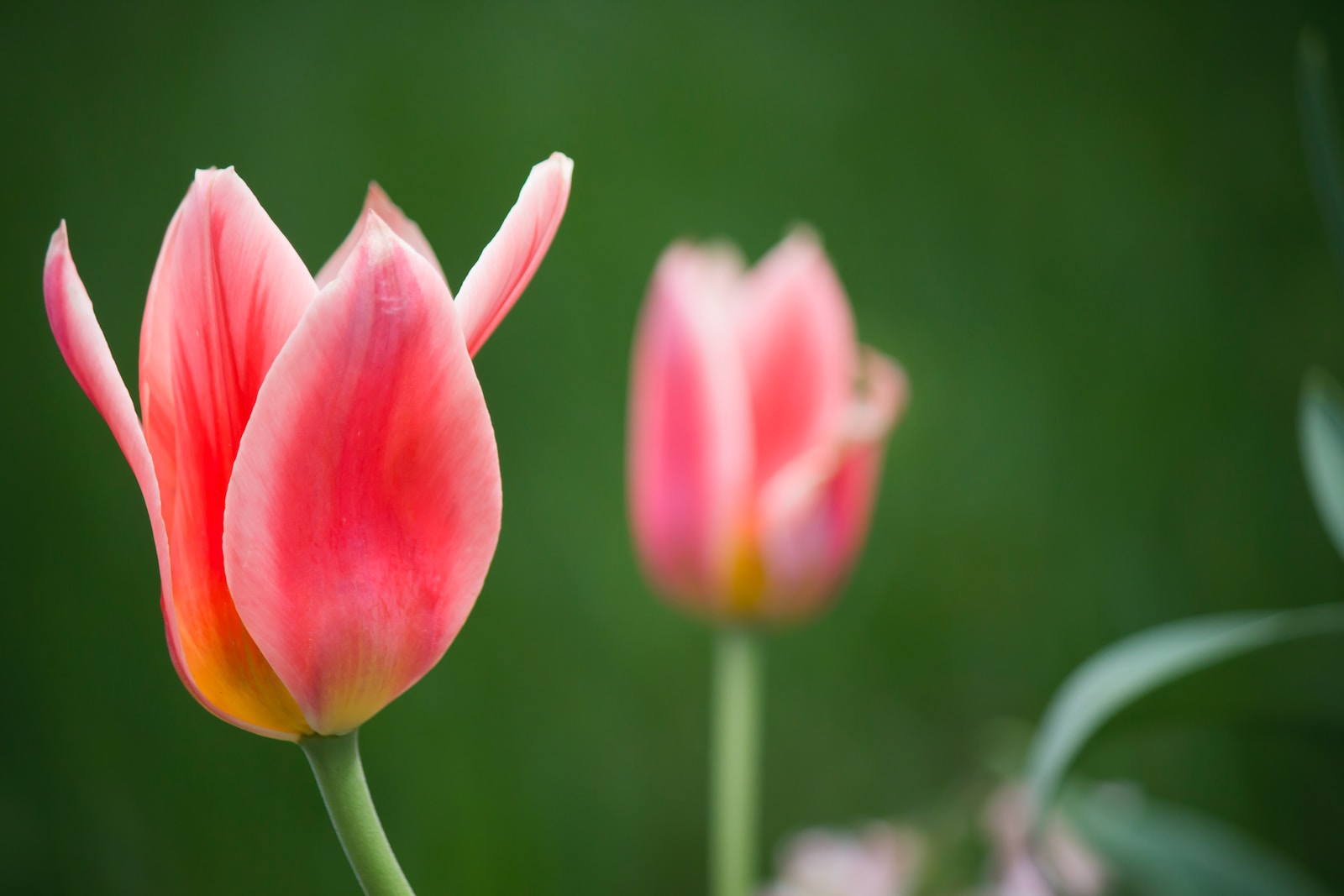Welcome to the captivating world of sunflower photography, where the vibrant colors and delicate details of these magnificent flowers come to life. In this blog, we will delve into the art of capturing the warmth and joy of sunflowers through the lens. From the picturesque fields of Provence to the intimate corners of our own gardens, we will explore various angles, lighting techniques, and composition tips to master the art of sunflower photography. Get ready to immerse yourself in the beauty of nature and unleash your creativity!
Table of Contents
- Unleashing the Beauty of Sunflowers through Photography
- Choosing the Right Camera
- Mastering the Art of Sunflower Photography
- Frequently Asked Questions
- 1. What is the best time to photograph sunflowers?
- 2. What angles work best for sunflower photography?
- 3. How can I make my sunflower photographs more vibrant?
- 4. What camera settings should I use for sunflower photography?
- 5. Are there any specific editing techniques for sunflower photography?
- 6. Where can I find fields of sunflowers for photography?
- 7. Can I photograph sunflowers indoors?
- 8. How can I make my sunflower photographs stand out from others?
- Wrap Up
Unleashing the Beauty of Sunflowers through Photography
Sunflowers have long been a favorite subject for photographers, and for good reason. Their vibrant colors, unique shapes, and towering height make them an ideal muse for capturing the beauty of nature. In this blog, we will explore the various techniques and angles you can use to capture stunning sunflower photographs that will truly stand out.
Embrace Different Angles
When photographing sunflowers, don’t be afraid to experiment with different angles. Get down on your knees or lay on the ground to shoot from a low perspective, emphasizing the height and grandeur of these beautiful flowers. Alternatively, try shooting from above, capturing the intricate patterns of the sunflower’s face. Mixing up your angles will add visual interest to your photographs and create a dynamic composition.
Transition Words: Moreover, Furthermore
Play with Lighting
Lighting is essential for creating captivating sunflower photographs. When shooting outdoors, aim for soft, diffused lighting to avoid harsh shadows. Overcast days or early morning and late afternoon sunlight provide ideal lighting conditions. The indirect light will enhance the colors and textures of the sunflowers, creating a warm and inviting atmosphere in your photographs.
If you prefer to shoot indoors, you can still achieve stunning results. Place the sunflowers near a window and utilize natural light, or experiment with artificial lighting setups. Try using a softbox or diffuser to mimic the softness of natural light. The interplay of light and shadow will add depth and dimension to your images.
To add drama and create a unique atmosphere in your sunflower photographs, consider using backlighting. Position the sunflowers in front of a light source, such as the sun or a lamp, and capture the sunflowers glowing against a dark background. This technique will create a mesmerizing halo effect around the flowers, making them appear ethereal and magical.
In conclusion, mastering the art of sunflower photography requires a keen eye for angles and an understanding of lighting techniques. By experimenting with different perspectives and harnessing the power of light, you can capture breathtaking sunflower images that evoke warmth, joy, and the beauty of nature. So grab your camera, head out to the nearest sunflower field, and let your creativity bloom!
Did you know that sunflowers are not a single flower but actually a cluster of small flowers called florets? Each floret on the sunflower head has its own petals and reproductive parts, making it a unique and fascinating plant to photograph.
Choosing the Right Camera
When it comes to capturing the beauty of sunflowers, having the right camera can make a world of difference. Look for a camera with manual settings that allow you to control the aperture, shutter speed, and ISO. This level of control enables you to experiment with different lighting situations and achieve the desired effect in your photographs.
If you are a beginner or on a budget, entry-level DSLR or mirrorless cameras offer a great starting point. These cameras are affordable and come with a range of features that will help you capture stunning sunflower images. They also allow for interchangeable lenses, giving you the flexibility to experiment with different focal lengths.
For more experienced photographers or those seeking professional-level image quality, advanced DSLRs or mirrorless cameras are the way to go. These cameras provide higher resolution, better low-light performance, and additional features that can enhance your sunflower photography.
Choosing the Right Lens
When it comes to lenses, the choice depends on the specific look and feel you want to achieve in your sunflower photos.
A wide-angle lens, such as a 24mm or 35mm, can capture the vastness of sunflower fields and create a sense of immersion. These lenses are ideal for capturing sweeping landscapes or sunflowers in their natural environment.
If you prefer close-up shots or want to capture the intricate details of sunflowers, a macro lens is a must-have. With a macro lens, you can capture the texture of the petals, the patterns of the seeds, and the intricate details of the sunflower’s center. It is recommended to use a lens with a focal length of 90mm or higher for macro photography.
For those looking to experiment with depth of field and create dreamy, blurred backgrounds, a prime lens with a wide maximum aperture, such as f/1.8 or f/1.4, will do wonders. These lenses allow you to isolate individual sunflowers or focus on specific elements while rendering the background beautifully blurred.
Remember, the choice of camera and lens ultimately depends on your personal style and the type of sunflower photography you wish to pursue. Consider renting or borrowing different equipment to test and find what suits you best before making any major investments.

Mastering the Art of Sunflower Photography
Welcome to the wonderful world of sunflower photography! There’s something truly special and captivating about these vibrant and cheerful flowers. In this blog, we will explore the best techniques and tips to help you unleash the warmth and joy of sunflowers into your photographs.
The Best Time of Year for Sunflower Photography
The ideal time to capture the beauty of sunflowers is during the summer and early fall months. These colorful blooms usually reach their peak between June and August, depending on your location. It’s important to plan your photography sessions accordingly to make the most of the sunflower season.
The advantage of photographing sunflowers during this time is that they are at their fullest and brightest. Their large, golden petals and striking centers provide a stunning contrast against the blue sky or surrounding greenery. Therefore, make sure to keep an eye on local blooms and sunflower fields to capture them at their prime.
Choosing the Best Vantage Point and Position
When it comes to sunflower photography, the vantage point and position of your shots can greatly impact the final result. Here are a few options to consider:
- Wide-Angle Shot: Position yourself at a distance from the sunflowers and use a wide-angle lens to capture the vastness of the field. This technique will not only showcase the beauty of the sunflowers but also provide a sense of scale and grandeur, especially when combined with a clear blue sky or a stunning sunset.
- Close-Up Macro Shot: Get up close and personal with the sunflowers by using a macro lens or lens extension tubes. This approach allows you to capture the intricate details of the petals, the texture of the centers, and even the delicate touch of dewdrops. It’s a great way to emphasize the natural beauty and uniqueness of each flower.
- Low-Angle Shot: For a unique perspective, try shooting from a low angle. Position yourself at ground level and capture the sunflowers from below, emphasizing their height and dominance. This technique can add a touch of drama and create eye-catching compositions.
- Backlit Shot: Experiment with backlighting to add a magical and ethereal quality to your sunflower photographs. Position yourself with the sun behind the flowers, allowing the sunlight to shine through their petals. This technique creates a warm glow and can enhance the vibrancy of the colors.
Remember, the key to mastering sunflower photography is to be creative, explore different angles, and experiment with lighting and composition. Don’t be afraid to try out different vantage points and positions to capture that perfect shot!
One helpful tip when photographing sunflowers is to experiment with different angles. Try shooting straight on to capture the full face of the flower or get down low to highlight the height and size of the stem. Changing your perspective can add interest and depth to your sunflower photos.
Frequently Asked Questions
1. What is the best time to photograph sunflowers?
The best time to photograph sunflowers is during the golden hour, which is the hour after sunrise or the hour before sunset. The soft, warm light during this time enhances the natural beauty of sunflowers and creates a beautiful glow in your photographs.
2. What angles work best for sunflower photography?
Experiment with different angles to capture unique shots of sunflowers. Try shooting from a low angle to capture the sunflower against the sky, or get up close and capture the intricate details of the petals and the center of the flower.
3. How can I make my sunflower photographs more vibrant?
To make your sunflower photographs more vibrant, pay attention to the lighting and composition. Ensure the sunflower is well-lit and avoid harsh shadows. Additionally, consider using a polarizing filter to enhance the colors and saturation of the image.
4. What camera settings should I use for sunflower photography?
For sunflower photography, use a low ISO setting to reduce noise and ensure optimal image quality. Use a wide aperture (small f-stop number) to create a shallow depth of field, which will beautifully isolate the sunflower from the background. Experiment with different shutter speeds to capture different effects, such as freezing the movement of a bee on the sunflower or capturing the gentle swaying of the petals in the breeze.
5. Are there any specific editing techniques for sunflower photography?
When editing sunflower photographs, consider enhancing the vibrant yellow colors, slightly increasing the contrast, and adjusting the overall brightness and saturation to bring out the details of the flower. However, remember to keep the edits subtle and realistic to maintain the natural beauty of the sunflowers.
6. Where can I find fields of sunflowers for photography?
Sunflower fields are a popular destination for photographers. You can find these fields in various locations, such as rural areas, farms, botanical gardens, or even public parks. Research local sunflower festivals or ask local farmers for permission to access their sunflower fields for photography.
7. Can I photograph sunflowers indoors?
Absolutely! Sunflowers can also be captured indoors, using natural light or even artificial lighting setups. Create a still life arrangement with sunflowers as the focal point and experiment with different props and backgrounds to add interest and depth to your indoor sunflower photographs.
8. How can I make my sunflower photographs stand out from others?
To make your sunflower photographs stand out, focus on capturing unique perspectives, experimenting with different compositions, and finding interesting elements to complement the sunflowers. Incorporate elements of nature or create a storytelling aspect within your photographs to evoke emotions and create a connection between the viewers and the subject.
Wrap Up
Now that you’ve learned the secrets to mastering the art of sunflower photography, it’s time to grab your camera and head out into nature. Keep in mind the various angles and lighting situations we’ve discussed, and don’t be afraid to experiment and get creative with your shots.
Remember, sunflowers bring warmth and joy to any photograph, so make sure to capture their beauty in all its glory. Whether you’re shooting still life or capturing sunflowers in their natural habitat, let your passion shine through your lens.
Share your sunflower photography journey with us by leaving a comment below. We’d love to see your stunning shots and hear about the techniques you’ve implemented. Don’t forget to use the power of SEO by including keywords like “sunflowers,” “flower photography,” “nature,” and “still life” in your comment.
So go ahead, embrace the art of sunflower photography, and let your creativity bloom!


